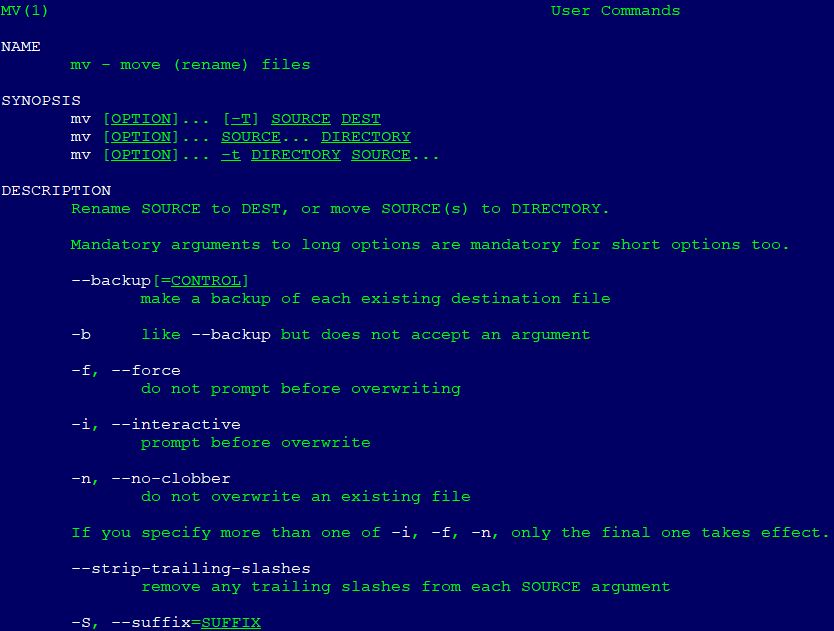

It will replace that string with an identifier that will be searched for using rename. The string “param” in the name of a file can be used to determine whether it is a valid file.

This is where you’ll go to rename them: command. In this case, we will roll back the clock so that there are no previous.prog files. The Linux operating system is known by a variety of names, but it all functions the same way.
#LINUX RENAME FILE INSTALL#
The rename command is not part of a standard Linux distribution, so you must first install it. There are some fantastic Bash hacks that you can use. It is, however, not intended to be a file renaming tool. It can be used to rename an existing file before creating a new one. This command is available in most versions of Linux and can be used to rename files or directories using a regular expression.Īll Linux distributions, as well as macOS and other Unix-like operating systems, use the rename command to rename the directory. The rename command is a powerful tool that can be used to rename multiple files or directories at once. For example, the following command would move all files in the current directory to the /tmp directory: rename ‘s/.*//’ /tmp/* This command would move the file test.txt to /tmp/test.txt. The rename command can also be used to move files or directories from one location to another. For example, the following command would rename all files in the current directory that start with the letter a to b: rename ‘s/^a/b/’ * This command would rename the file a.txt to b.txt and the file abc.txt to bbc.txt. Another common use of the rename command is to rename multiple files at once using a regular expression. bak: rename ‘s/.txt$/.bak/’ * This command would rename the file test.txt to test.bak.

For example, the following command would rename all files in the current directory with the. One common use of the rename command is to rename all files in a directory with a certain extension. The rename command also supports various options that can be used to specify how the command should work. The basic syntax of the rename command is as follows: rename oldname newname Where oldname is the name of the file or directory to be renamed and newname is the new name for the file or directory. This command is available in most versions of Linux and can be used to rename multiple files at once. f, -force is used to over write the execution and allow existing files to be over-written.In Linux, the rename command is used to rename files or directories. Whereas the argument -V will display the command version (capital letter V). Note: The command argument -v shows a verbose version of the output. To remove blank spaces from all file names using rename command: Rename 's/\b(\w)/\U$1/g' *.ext Remove Blank Spaces From All File Names To capitalize only first letter of each filename: Rename -v ‘s/(ex|s)ample/test/’ *.txt Capitalize First Letter of Filename For example, if we want to rename files with example and sample in their name to test: Rename -v 's/example/name/' *.txt Rename Files with Similar Names Note that in this example, we will rename example1.txt, example2.txt, and example3.txt to name1.txt, name2.txt, and name3.txt, use: To rename and replacing the filename with a new filename you can use the following command. To translate lowercase names to uppercase, you’d use To translate uppercase names to lower, you’d use Similarly to change the file extension from.


 0 kommentar(er)
0 kommentar(er)
